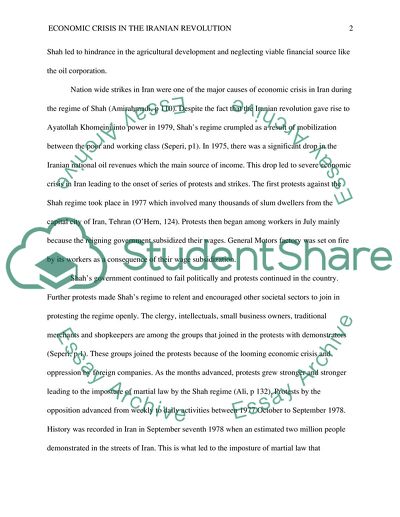Cite this document
(“Economic Crisis in the Iranian Revolution Essay”, n.d.)
Economic Crisis in the Iranian Revolution Essay. Retrieved from https://studentshare.org/macro-microeconomics/1639550-economic-crisis-in-the-iranian-revolution
Economic Crisis in the Iranian Revolution Essay. Retrieved from https://studentshare.org/macro-microeconomics/1639550-economic-crisis-in-the-iranian-revolution
(Economic Crisis in the Iranian Revolution Essay)
Economic Crisis in the Iranian Revolution Essay. https://studentshare.org/macro-microeconomics/1639550-economic-crisis-in-the-iranian-revolution.
Economic Crisis in the Iranian Revolution Essay. https://studentshare.org/macro-microeconomics/1639550-economic-crisis-in-the-iranian-revolution.
“Economic Crisis in the Iranian Revolution Essay”, n.d. https://studentshare.org/macro-microeconomics/1639550-economic-crisis-in-the-iranian-revolution.


